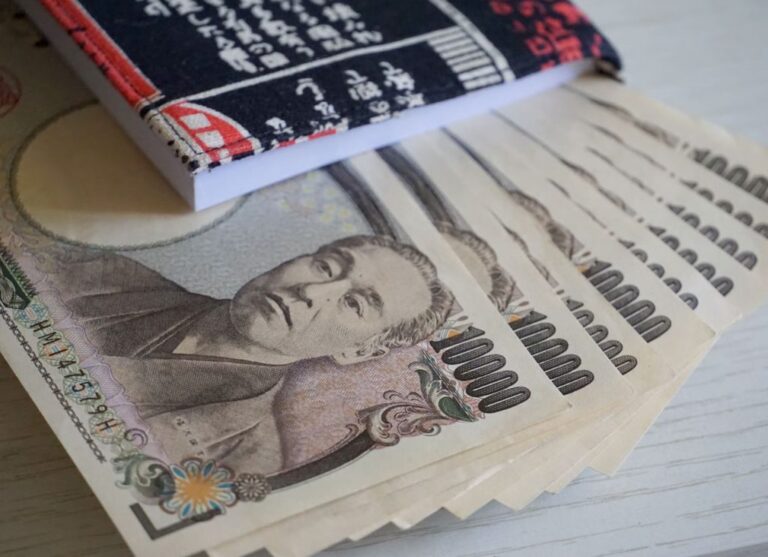
Morning Brief – Parity
Parity
As we brought to you earlier this week, there is an increasing chatter in the market about whether EURUSD has the momentum to challenge parity once again. At face value, of course, this would create a meaningful value change in the world’s foremost currency pair which has already seen a significant exodus of value so far this year. But more than this, at such a key time for macroeconomic transition, it could create a degree of endogeneity and start to contribute to the very dynamics driving the market lower. To examine whether EURUSD could shift back towards parity, let’s take a look at how it took place last time and compare market dynamics then to now.
The last time we saw one US Dollar trade at higher spot value than one Euro was in mid 2022. In Q2 2022, EURUSD swap rates priced a higher short term premium for the US Dollar over the Euro than we see today. That is one first initial vote against a return to parity. However, there are two key factors to consider before discrediting a return to parity based on this alone. Firstly, as we have discussed recently the market is less fixated on and driven by interest rate differentials than it has previously been. Secondly, interest rate differentials are shifting rapidly and swap rates could easily catch up to similar levels.
With the Euro already weak, rising oil prices amidst growing tension in the Middle East is having a greater impact upon the Eurozone than it is the US. Whilst this might support the case for limiting interest rate cuts, recent opinion from ECB policy makers regarding growth reveals a Bank prepared to cut rates. Even the Bank’s own inflation forecasts project a rate of inflation below target within a reasonable horizon. Despite the challenges present, the overall impact on the Eurozone’s terms of trade leaves the Euro better positioned than it was during the turmoil of 2022. Whilst not impossible, parity would be far less sustainable or logical for EURUSD than it was two years ago.
Discussion and Analysis by Charles Porter

Related Insights

Morning Brief – Germany and the EU
Germany and the EU The Germany Supply Chain Act came into force in 2023 as a result of Germans wanting to do something good for employees in other countries in particular with respect to human rights and environmental issues. So far so good. But a combination of cost and bureaucracy overlaid with the difficulty of […]

Morning Brief – US Dollar
US Dollar With the US Election just over 6 months away it is time to think about the implications for USD with a new President. In case you have missed it Trump plans In the event he wins to devalue USD to boost US exports as part of his MAGA philosophy. As we know ex […]

Morning Brief – Japanese Yen
Japanese Yen With JPY at a new 34 year low versus EUR, the market is set for an ambush by the Bank of Japan if it acts today at the end of their Policy Meeting to support the Yen. The reason that the market is susceptible is because it has convinced itself that the BoJ […]



 Humphrey Percy
Humphrey Percy